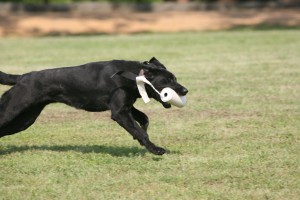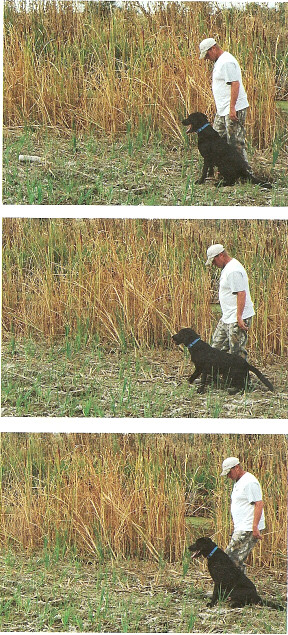 So, for those of you who do hunt and have hunting and field dogs, do you tend to not practice and exercise them nearly as often as you should when it’s the off season? Hey, everybody does it. You don’t think too much about it until it is almost time to start back again! The problem is that then you have dogs that get worn out pretty easily and you have to spend a large portion of your time conditioning them so that they can run for longer periods of time.
So, for those of you who do hunt and have hunting and field dogs, do you tend to not practice and exercise them nearly as often as you should when it’s the off season? Hey, everybody does it. You don’t think too much about it until it is almost time to start back again! The problem is that then you have dogs that get worn out pretty easily and you have to spend a large portion of your time conditioning them so that they can run for longer periods of time.
If you live anywhere near the South, or maybe if you like to travel to places in the warmer months for hunting expeditions and competitions, you might particularly have problems with your dogs’ ability to stay consistently ready to go. The hotter and muggier it is, the easier our pups get worn out. If you add to that humid, warm weather with unconditioned and less than worthy exercised dogs, you might get extremely tired dogs after only several minutes.
To avoid this problem we all just need to find a way to get our dogs the conditioning they need on a consistent basis. But hey we all know that life is too busy to focus 100% of our attention to our pups (even if we wish we could). One effective way to get them some great exercise is to use roading harnesses.
Lots of you may already use a harness instead of a regular ole collar when you walk your dogs. This idea doesn’t necessarily have to be limited to gun dogs. Any pet can be walked or ran using a harness. Collars tend to put pressure onto the dog’s neck, can be very uncomfortable for them, and cause them to hack and other health problems if they pull against it hard enough! With a harness the pressure is taken away from their neck, and instead distributed across their chest and shoulders.
A harness makes it easier and safer for the dog to pull and keep moving forward. Be ready when they have the opportunity to pull away from your resistance. Some of our dogs may be stronger than we realize! Walking and running your pups with a roading harness is a great way to build their muscle, stamina, have some fun, and even get yourself a little exercise!
By the way, you can even do this by horseback or from a top a four wheeler. Just be sure to take your time building up the dogs’ stamina. Also, if you’re doing this to build up their conditioning for hunting purposes, consider roading them in the way you most often would when you hunt (if you hunt mostly on foot it would be best to walk and/ or run them by foot).


